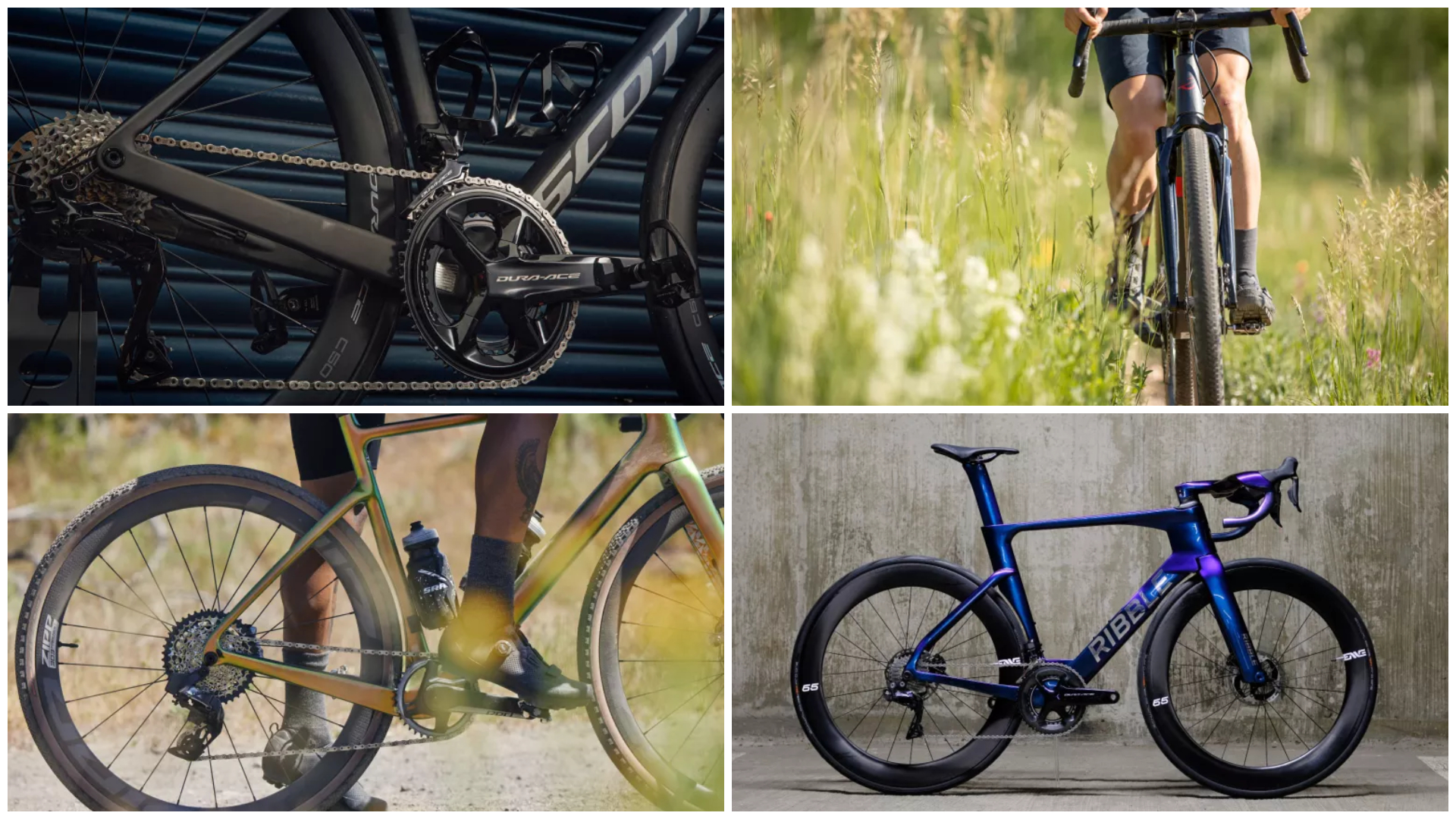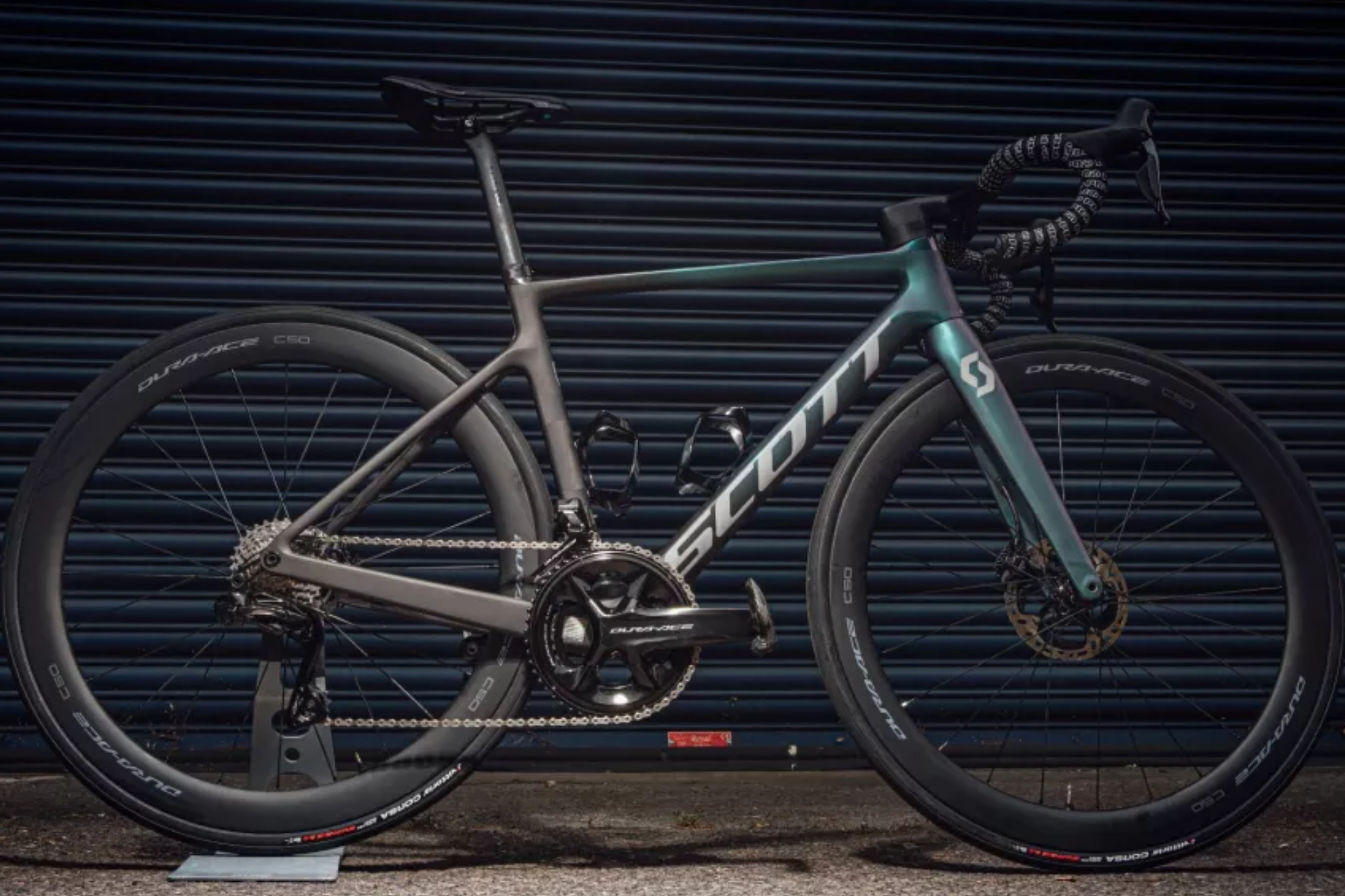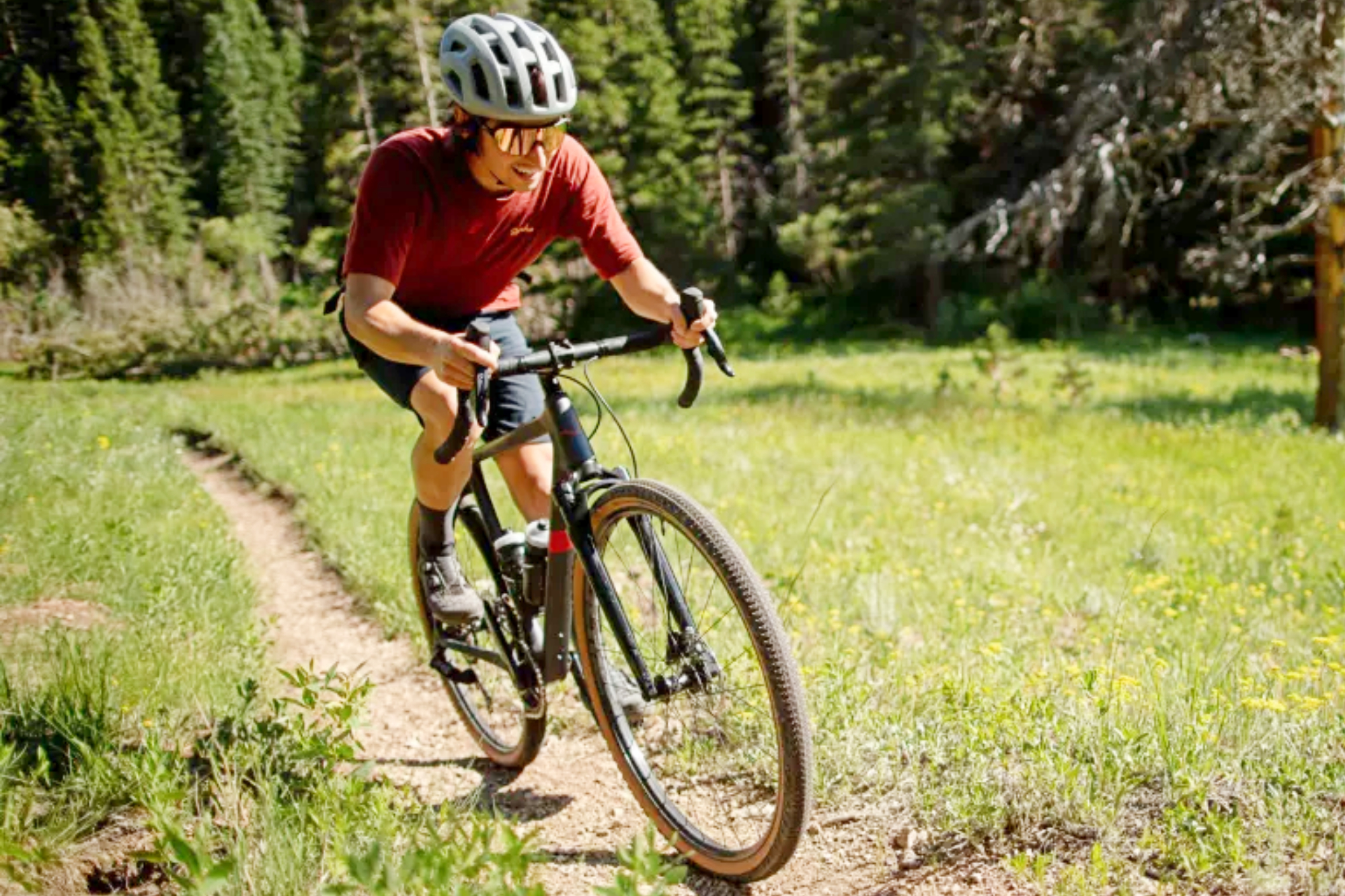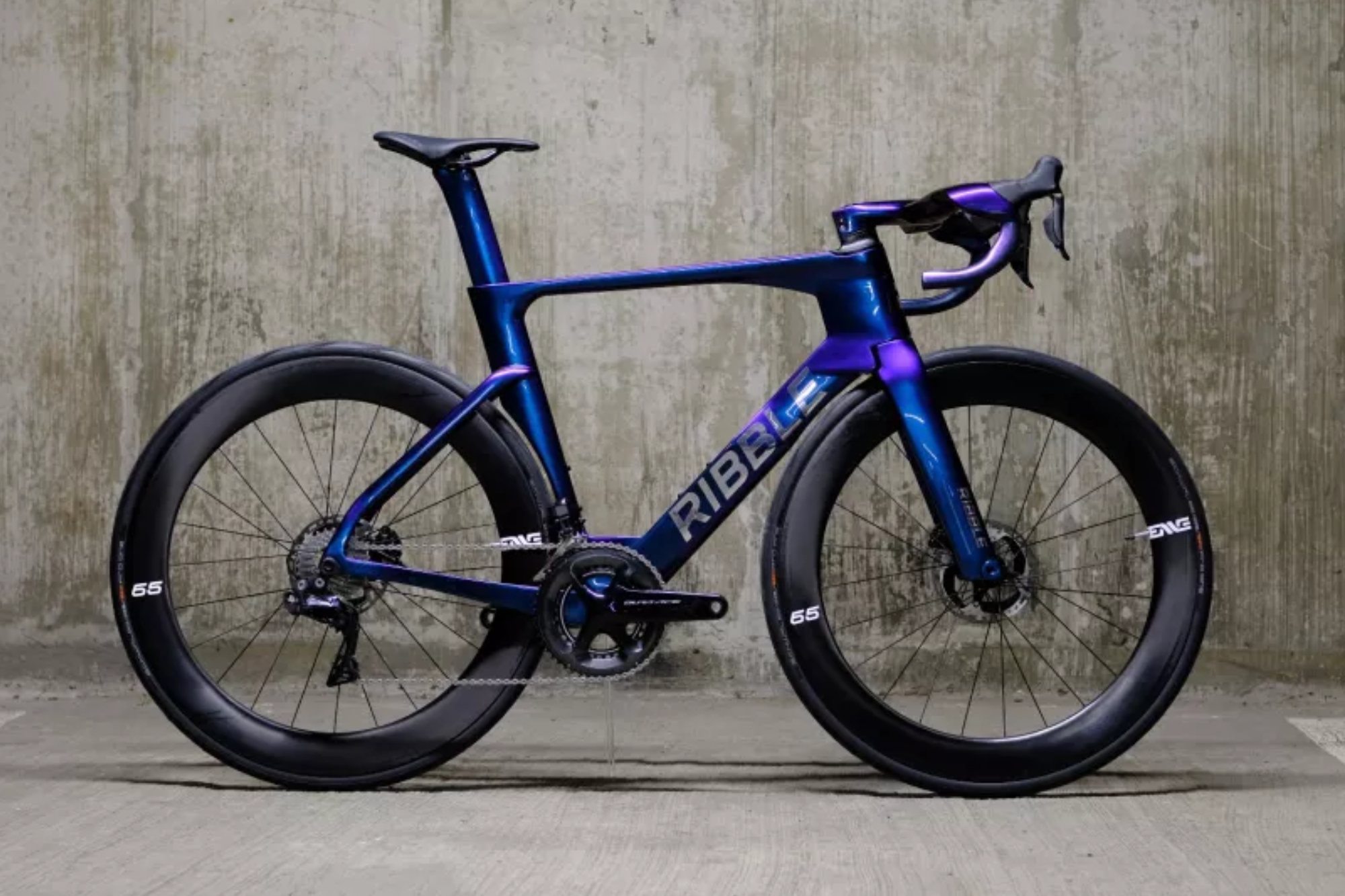Tech of the Month September: Shimano Dura-Ace and Ultegra, SRAM XPLR and Ribble Ultra SL R
Lots of big updates with Shimano going 12 speed, SRAM going full-gravel and British-brand Ribble releasing its most aero frame yet.


It’s been a packed month for tech releases. Shimano might have stolen the spotlight somewhat with its 12-speed Dura-Ace and Ultegra launch, but there has been plenty of other interesting developments – from the likes of SRAM with its XPLR range of components and Ribble with its radical new Ultra SL R aero bike.
But before all of that (and more) – we just wanted to let you know we’ve partnered with Garmin to give away a Garmin Edge Explore, worth £219.99. With up to 12 hours of battery life and able to navigate both on- and off-road, making it a wonderful for your next adventure.
To be entered into the random prize draw, simply click this link or fill in the form below. We’ll get in contact with the lucky winner by the end of this month. If you don’t end up being the lucky one – don’t worry, we’ll be running it again next month.
Shimano Dura-Ace

A lot has changed with the new Shimano Dura-Ace and Ultegra and we’ve gone into all the detail in our launch story over here. But to give a brief summary…
12-speed: Shimano has added an extra sprocket to the cassette, providing increased gearing range and smaller jumps between the gears. The new 12-speed 11–30t cassette has two more single tooth jumps in its progression than the 11-speed 11–28t cassette – with a 16t sprocket slotted between the 15 and 17.
The 11–34t cassette retains the same number of single tooth jumps as the 11-speed 11–28t cassette and instead uses the extra sprocket purely to increase the gearing range. Cranksets are available in 50/34t, 52/36t, and 54/40t – which replaces the traditional 53/39t setup used by the pros.
Semi wireless: The shifters can be set up with coin-cell batteries and communicate wirelessly with the derailleurs, eliminating some of the cabling at the front end. The derailleurs themselves are wired to a single battery in the seatpost, providing a greater capacity than you get with removeable batteries.
Braking: Although the shifting is now only electronic, with no mechanical option, Shimano is at least retaining a version of its shifters that are compatible with cables and rims brakes. But as you might expect, it is the hydraulics that have seen the most development.
The brake pads and rotors have had their clearance increased by 10% to reduce the chances of rubbing. The lever kinematics have also been changed so that the brakes bite sooner into the travel, and offer a more progressive application of power to make them easier to modulate.
SRAM XPLR gravel range

Not to be outdone, SRAM has broadened its range of gravel components, under the moniker “XLPR” – which is pronounced as explore, not eks-pluh-arr, if you’ve yet to hear it out-loud.
Again, this is a big launch with lots of details so if you want a deep dive, check out our XPLR launch story over here. Otherwise, the main points are...
Drivetrain: Although it’s long been possible to pair one of SRAM’s wireless mountain-bike rear derailleurs with a set of road shifters, enabling a wide range 1x gravel setup with a 10–50t cassette, the lack of single tooth jumps in the progression has limited its appeal somewhat.
On the other end, SRAM’s widest 12-speed road cassette was 10–36t, which offers just a bit too narrow a band of gears for heavily laden gravel riding.
So SRAM has launched a new 10–44t cassette with a single one tooth jump, aimed at plugging that gap and providing a better solution for 1x gravel. A new XPLR rear derailleur has launched to go with it, drawing more heavily from road design cues than MTB. This new RD is rated at compatible for both 10–44t cassette and 10–36t cassettes.
Front suspension: The XPLR Rudy Fork comes with a choice of 30 or 40mm of travel, has clearance for 700c tyres up to 50mm wide and even comes with mudguard mounts.
The axle spacing is for 12x100mm, which makes it compatible with what is currently the standard for road and gravel wheels. A minimum of 160mm brake rotors are accommodated and it is also compatible with 180mm too.
The fork uses a Solo Air Spring, with the same Charger Race Day damper, as seen on the cross-country optimised Sid forks, and the stanchions are a slim 30mm. The axle to crown height is 425mm on the 30mm travel option and 435mm on the 40mm travel option. With most gravel forks coming in closer to 400mm, expect that these will slacken the head angle out and bit and raise up the stack.
Ribble Ultra SL R

The brand is calling this the “world’s most aerodynamically optimised road bike”, which is quite a claim – especially for a brand which only started making its own moulds in 2018. So if this claim is to be believed, they have come on in some pretty great leaps and bounds over a few short years.
Ribble has tested the new Ultra against its already aero optimised Endurance SL R, claiming the new bike is 71.5 seconds faster over 40km at a speed of around 35kph and it’s around 65 seconds faster if you’re riding at about 47kph.
For the full story with all the details – which also explains the wavy design of the handleabars and why they don't need bar tape – our launch story on the Ribble Ultra can be found here.

Thank you for reading 20 articles this month* Join now for unlimited access
Enjoy your first month for just £1 / $1 / €1
*Read 5 free articles per month without a subscription

Join now for unlimited access
Try first month for just £1 / $1 / €1
Get The Leadout Newsletter
The latest race content, interviews, features, reviews and expert buying guides, direct to your inbox!

After winning the 2019 National Single-Speed Cross-Country Mountain Biking Championships and claiming the plushie unicorn (true story), Stefan swapped the flat-bars for drop-bars and has never looked back.
Since then, he’s earnt his 2ⁿᵈ cat racing licence in his first season racing as a third, completed the South Downs Double in under 20 hours and Everested in under 12.
But his favourite rides are multiday bikepacking trips, with all the huge amount of cycling tech and long days spent exploring new roads and trails - as well as histories and cultures. Most recently, he’s spent two weeks riding from Budapest into the mountains of Slovakia.
Height: 177cm
Weight: 67–69kg
-
 'This is the marriage venue, no?': how one rider ran the whole gamut of hallucinations in a single race
'This is the marriage venue, no?': how one rider ran the whole gamut of hallucinations in a single raceKabir Rachure's first RAAM was a crazy experience in more ways than one, he tells Cycling Weekly's Going Long podcast
By James Shrubsall
-
 Full Tour of Britain Women route announced, taking place from North Yorkshire to Glasgow
Full Tour of Britain Women route announced, taking place from North Yorkshire to GlasgowBritish Cycling's Women's WorldTour four-stage race will take place in northern England and Scotland
By Tom Thewlis